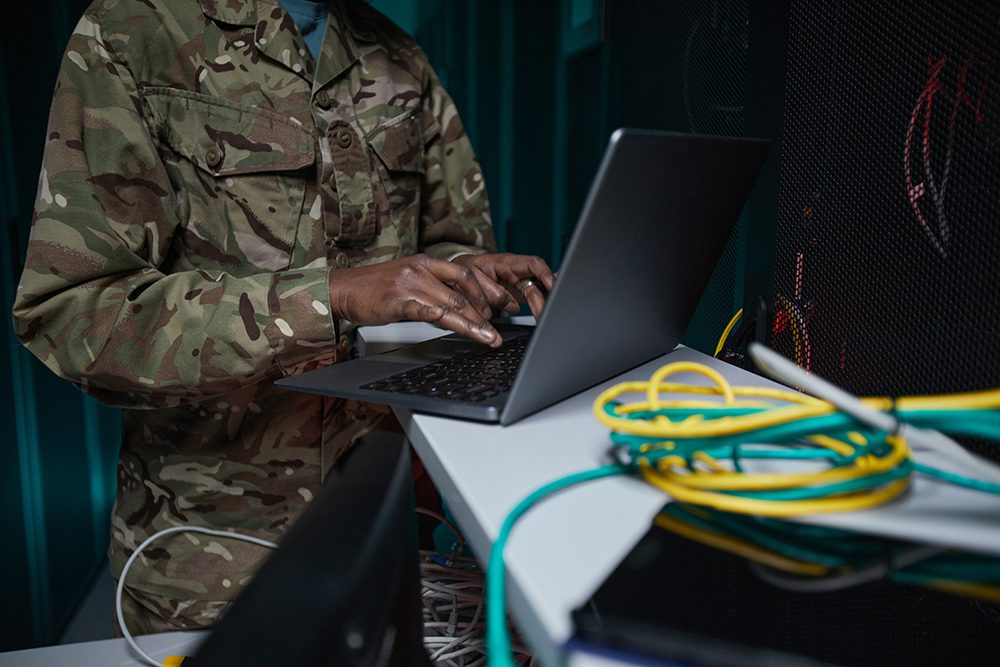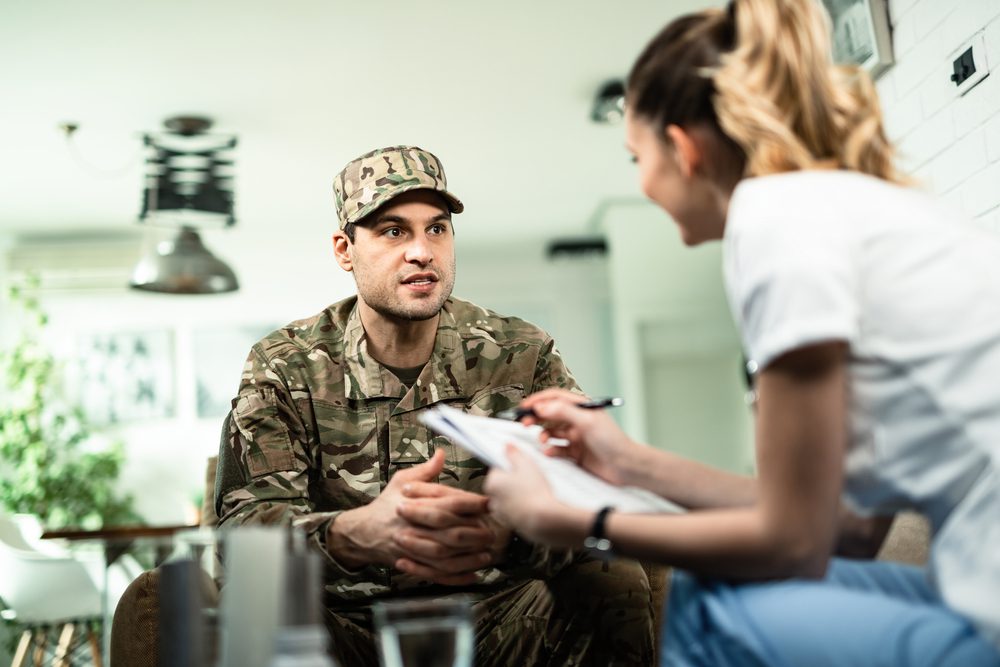According to the Bureau of Labor Statistics, 4.4% of veterans were unemployed in 2021. That does not seem like a big number, but it means that about 386,000 veterans were unemployed.
Veteran readiness and employment services (VR&E), formerly known as veteran vocational rehabilitation, are a set of services offered by the Department of Veterans Administration (VA) to qualifying veterans. According to the VA, VR&E services are intended to help veterans by assisting “with job training, education, employment accommodations, resume development, and job seeking skills coaching.” Additionally, U.S. states and territories have vocational rehabilitation services for veterans as well.
There is clearly a wide range of vocational rehabilitation services available for veterans, yet there are still steps that can be taken to help optimize these services for veterans overall and individual veterans specifically.
1.Addressing both mental health challenges and unemployment.
According to the 2021 Wounded Warrior Project Annual Warrior Survey (WWPAWS), a mental health issue stemming from a service-connected disability was listed as the top reason respondents were unemployed. In fact, 27% of the survey’s respondents gave this reason. This statistic shows that veteran unemployment is not simply a matter of lacking job skills but is significantly affected by mental health challenges unique to veterans. As a result, optimizing a veteran’s ability to successfully utilize vocational rehabilitation services should involve ensuring they are getting effective mental and behavioral health services.
2. Preparing veterans’ bodies for their job and its rigors.
A physical injury from a service-connected disability is the second ranked reason respondents to the 2021 WWPAWS gave for their unemployed status. In total, nearly 22% of respondents gave this answer. The Veterans Health Administration has a range of services that can help veterans recover from injuries. However, optimizing a veteran’s experience while in vocational rehab requires more than just injury recovery. Injured veterans should also have occupational rehab designed to help prepare their body for the job they are training for. Furthermore, they should have access to other services that can help reduce their chances of future injuries and other issues once they are working again, such as:
- Ergonomics training.
- Employee wellness services.
- Workforce mental health services.
Valor Healthcare offers services that can help optimize veterans’ vocational rehab programs
Valor Healthcare is a veteran-founded healthcare organization, so we know a thing or two about the challenges veterans face. That is why we partner with public and private medical clinics to bring a variety of high-quality services to American veterans. Beneficial services we help our partners offer that can help optimize a veteran’s vocational rehabilitation program include:
- Occupational health services.
- Behavioral health services.
Partner with us to give your veteran patients access to data-driven, 21st-century care.




